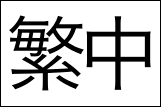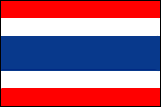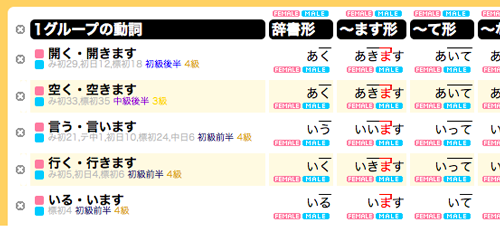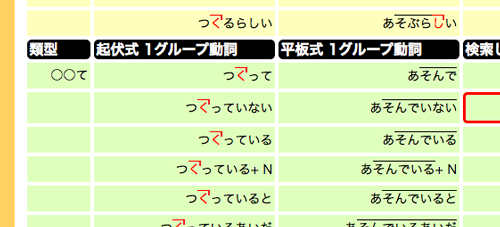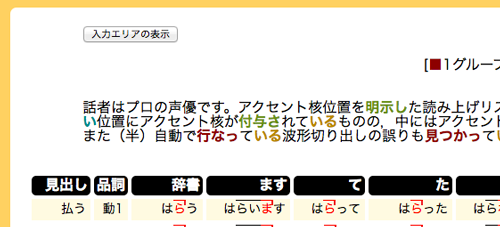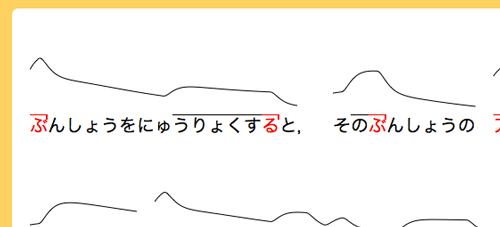OJAD - 4-Feature Intro
Overview of OJAD
OJAD is an online dictionary for Japanese language learners and teachers. It is meant to assist accent acquisition through the use of 4 tools: Word Search, Verb Suffix Search, Text Search, and Suzuki-kun: Prosody Tutor.
On this page, we introduce the four features of OJAD. After gaining a basic understanding of these four features, try using them by walking through the page Let's try OJAD.
4 Features of OJAD
A short explanation of each feature is given below.
- Word Search
- You can look up the accent type of the conjugated forms (apps. 10 kinds) of declinable words for words appearing in a variety of Japanese language textbooks. You can look up a word or the unit a word first appears in. With this feature, it is also possible to listen to and download speech samples.
- Verb Suffix Search
- For those words that are not covered by the word search, you can look up the accent type of verb-suffixes . With this feature, it is possible to determine how the accent changes due to adding a verb suffix such as for expressions like "つくりたがらない".
- Text Search
- With Text Search, it is possible to enter a Japanese sentence of your own or one you grabbed from another source like a web page and determine the accent types of all the declinable words in the sentence. All declinable words will be located for the sentence and the accent types of the conjugated forms given in the sentence will be displayed for those words. It is possible to look up the accent type for a conjugated word and to check the declinable words that appear in the sentence.
- Suzuki-kun: Prosody Tutor
- By entering a sentence into the text box, (1) the accent kernel position will be predicted and displayed, and (2) the pitch contour when read aloud for that sentence will be predicted and displayed. For the predicted pitch contour, it is assumed that a strong focus will not be placed on a particular word. This cannot handle cases such as the expression of surprise.
For a more detailed explanation of one of the features listed above, click the link corresponding to the feature in the table below.














